Loving This Character Isn’t Enough I Need To Unhinge My Jaw And Sink My Teeth Into Them
loving this character isn’t enough I need to unhinge my jaw and sink my teeth into them
More Posts from Blackswan8043 and Others
tfota posts by me
This is in no way a complete list (nor it can be, coz I post a lot about them XD) but I will keep adding to this list in time. I'm kind of just putting together some things I love <3
Jude and Cardan thinking about each other so much that they even dream about one another
Why Madoc didn't allow Jude to declare herself ready for knighthood in the tournament?
“And is it?” “Out of your system?”
Cardan's fear for Jude while she's held prisoner in the Undersea
Karma in tfota
Like father like daughters
Cardan "I am no murderer" ready to kill for Jude
Jude misunderstanding the signs Cardan gave
Madoc respects Jude as a Queen
Jude's uncomfortable love for Madoc
“It meant nothing, and he should forget it.”
“I see a new monarch coming” aka. Cardan's queen aka. Jude
Soft Jurdan
Caring Cardan Supremacy
QoN underrated scene
some small/deep parallels in tfota
Jude and Cardan: heart-less
When Jude's taken a prisoner by the Undersea
How Jude feels in the mortal world and how Cardan sees her in Faerie
What Kaye thought she saw in Cardan's eyes for Jude vs. what he really saw.
tfota parallels with Simon Snow trilogy
Cardan and Baz: I didn't know what I wanted
When they don't think what/who could hurt them
How Cardan and Snow make Jude and Baz laugh
Jude and Baz: maybe I should kill him
the energy between jurdan and snowbaz
Snow and Cardan simply giving heart attacks
tfota parallels with tsc
Jude and Julian: acting behind the scenes
Cardan and Julian making decisions based on ...
Jude and Kit being like: enough is enough, I need to show them.
Cardan Greenbriar and Kieran Kingson
Cardan Greenbriar and Ash Morgenstern
tfota and other small parallels I've squealed over
Jude and Annabeth fooling people with their smiles
Cardan Greenbriar and Oliver Marks
Patroclus, Cardan and Emma, in the dark
Jude Duarte and Delilah Bard, same energy?
they feel like the only real/solid thing in the world
A little of my treasure for you 💗
Lmaoo yess!!😭








#same ship different font
maybe if you take a hot shower. cook something. eat a little soup. feel a little sunshine. make something with your hands—it doesn’t have to be big. maybe if you stretch your body and draw a silly little picture and get some rest, the world will feel like something your hands can still hold








Jude Duarte, The Wicked King (2019) ♛ ♜ ♗ ♞
“‘For a moment,’ he says,
‘I wondered if it wasn’t you shooting bolts at me…’
‘And what made you decide it wasn’t?’ He grins up at me.
‘They missed.’”




tu fui ego eris


“Anthony was rather famously besotted with his wife, who was in turn rather inexplicably besotted with him.”
Julia Quinn, On the Way to the Wedding (Bridgertons, #8)
#I wanna live here 😭😭
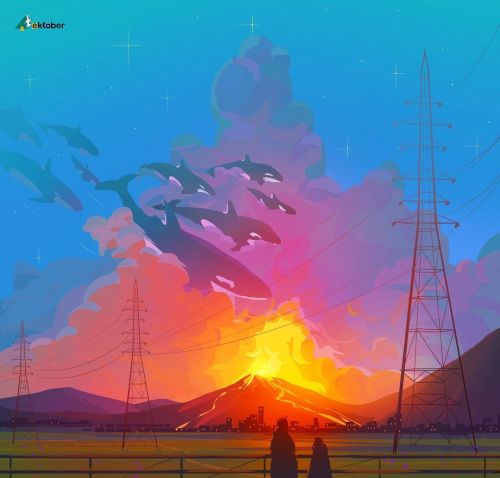
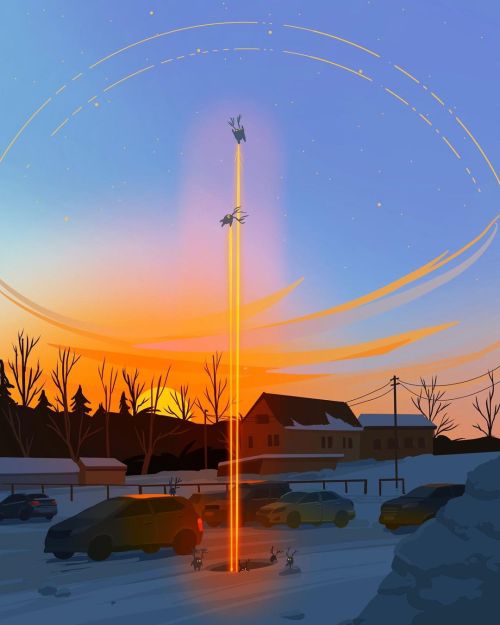
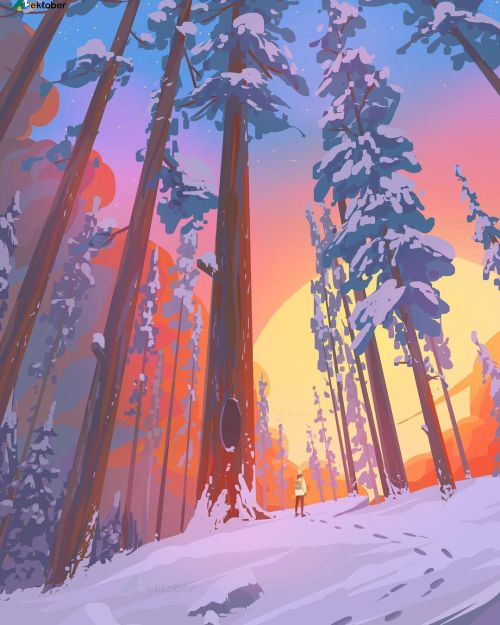

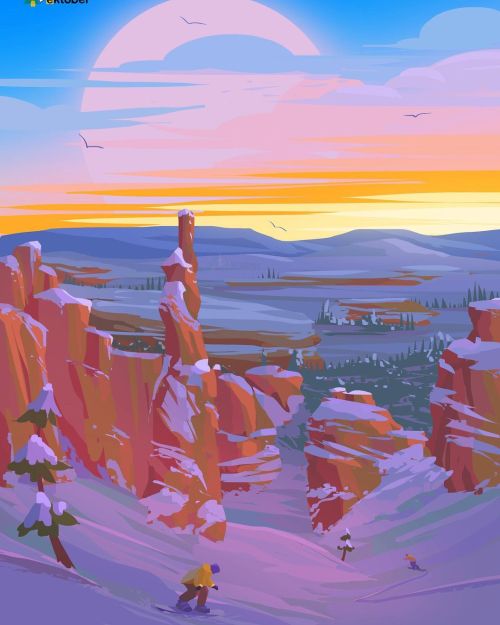
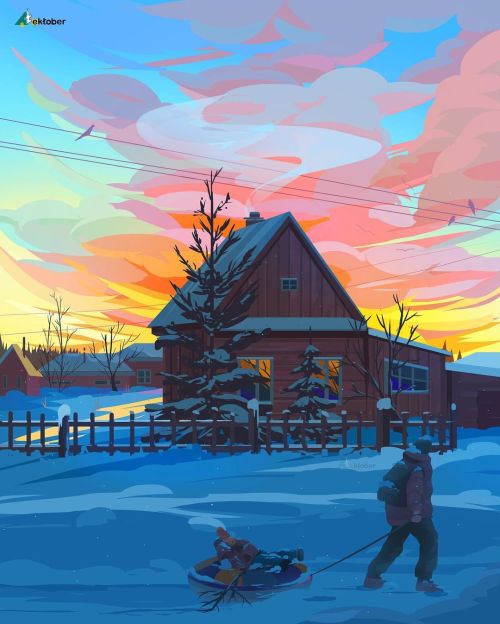
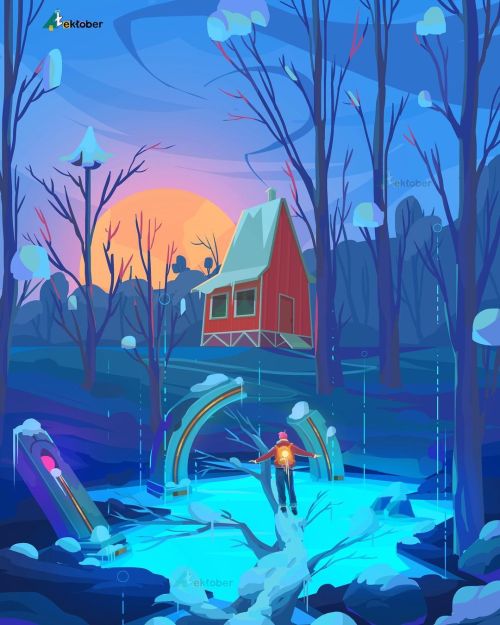
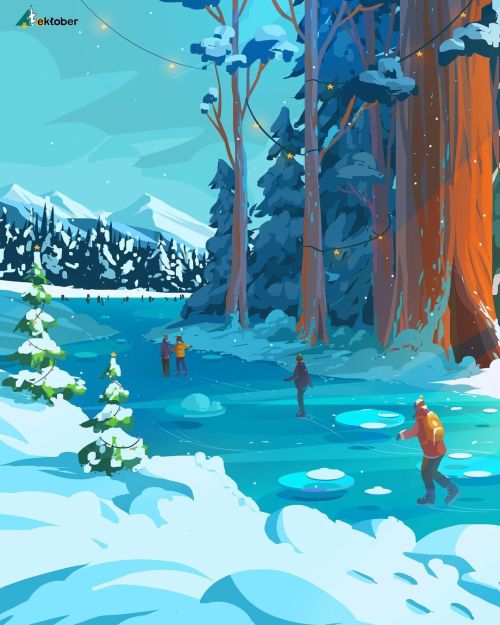
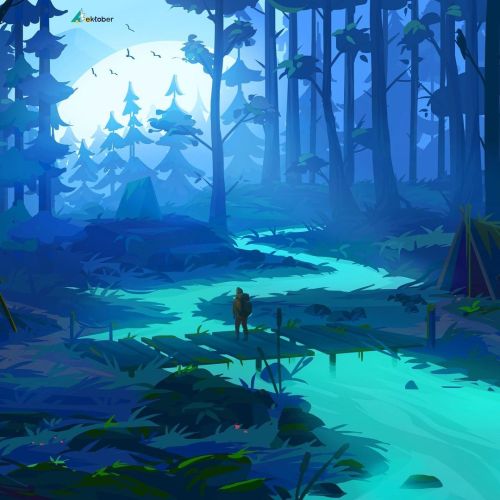
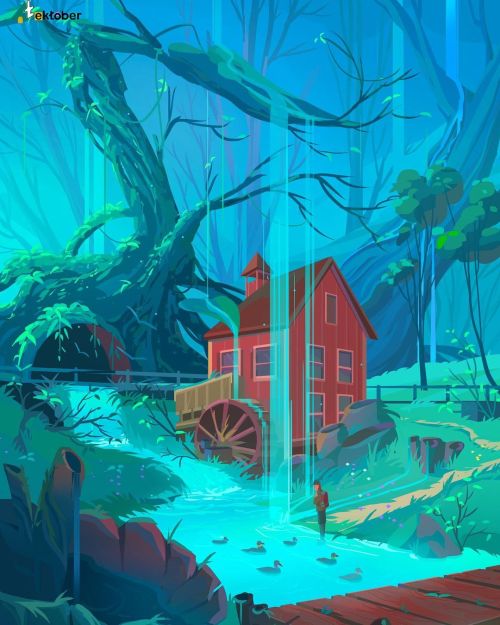
Tektober on Instagram







Dropping the Mask
Wang So’s final moment in the story with him REVEALING HIS SCAR really does complete his journey in many, poignant ways - from covering his scar to revealing it, from self-loathing to acceptance. The last moment when the audience sees Wang So’s scar for the one last time is a direct parallel to the time when we and Hae Soo saw it for the first time - back then he was ashamed of it, back then he tried to cover it and to hide it - it made him immensely self-conscious and vulnerable. Back then, he was looking at Hae Soo and this time his piercing gaze once again belongs to HS even if she isn’t there. It’s as if So was able to look through the space and time separating them and find her in the future, just like he is promising her that he will one day.
This time we get the same extreme close-up of his face - but he isn’t self-conscious nor vulnerable anymore. I’ve read some comments that Wang So couldn’t love himself the way he was until the very end, but that’s not true - HE IS ABLE TO ACCEPT HIMSELF JUST THE WAY HE IS, BE IT HIS SCAR, HIS FEELINGS, HIS FAILURES, HIS ACTIONS. And even without HS by his side he’s able to become of one the greatest kings in the Korean history, even with all the terrible things that happened to him, even with all his scars.
If you’ve ever wondered why Egyptian mummies are so rare, it’s because wealthy Europeans ate them. Between the 12th and 17th centuries, while pilfering the continent for goods, resources, artifacts, and Africans themselves, colonizers also looted and exoticized Egyptian tombs. Mummies were ground up into medicines and consumed by the elite, believed to be a remedy for various ailments and an infusion of life-energy from the spirits of the dead. When Egyptian mummies became scarce after hundreds of years of eating them, corpses from other parts of North Africa and Guanche mummies from the Canary Islands were instead exported and sold to European apothecaries. But even as they engaged in cannibalism for their own selfish indulgences, one of the primary ways that Europeans demonized Indigenous peoples was by naming them all as savages and cannibals.
Colonizers have not limited their use of racial cannibalism to the medicinal. They have also used it punitively and vindictively. During the genocidal King Leopold II’s occupation of the Congo (1885-1908), Belgians massacred more than 10 million Africans. Most were forced to work for the Anglo-Belgian India Rubber Company, and were severely punished if they did not meet their rubber quota. In Don’t Call Me Lady: The Journey of Lady Alice Seeley Harris, there is a black and white photo of a Congolese man named Nsala, seated at the edge of a porch. His eyes are fixed on the severed hand and foot of his 5 year-old daughter, Boali. The Belgian militia had cut them from her body before killing her and her mother. To further exact their cruelty, they ate Nsala’s wife and child. They did this because he had failed to meet his rubber quota for the day.
The thing about white supremacy is that it does not merely subsist through the consumption of the Other; it whitewashes by de-emphasizing and lessening these misdeeds and others. History looks very different when white people are not the protagonists in its retelling. A significant instance: the accepted and well-known white feminist narrative about the Salem Witch Trials of the 1600s is that it was a hysteria driven by rampant misogyny and a pointed persecution of white women, the survival of which they harken to as evidence of their historical resilience. I prefer to think of it, more accurately, as a community of racist, religiously-intolerant enslavers and colonizers of stolen Native land cannibalizing itself—and I wish it had finished its meal instead of begetting centuries of white people who would gorge on the lives and cultures of Black and Indigenous folks.
As the Donner Party traveled across the U.S. as part of a violent westward expansion in 1847, a small group that broke off from the larger party became stranded without food in a grueling wintery hellscape. So, they conspired to murder their two Native American guides, Salvador and Luis, for food. The two men ran away, but were found a few days later and were swiftly eaten, the only members of the party to be hunted and murdered before they were cannibalized. Salvador and Luis are rarely spoken of when the story is told to relay the suffering and survival of the people who ate them. In the version of the story that tells the truth about colonialism and the violence it requires, the Donner Party are the monsters, not the damsels.
The Transatlantic Slave Trade was a monstrosity of boundless proportions. Its enormity altered the world in a multitude of ways and none were/are more changed by it than Africans and their descendants. Many Africans believed—or, rather, knew—that white people were cannibals and feared that they would be taken away and consumed, like the others who had disappeared and not returned once white people began to arrive on African shores. Fear of white cannibalism on the ships carrying Africans to other lands was indeed palpable, and often led to attempted mutiny and escape or suicide by jumping into the waters below.
— Sherronda J. Brown, THE HISTORY OF CONSUMPTION AND THE CANNIBALISTIC NATURE OF WHITENESS







-
 dustsansm2 liked this · 2 weeks ago
dustsansm2 liked this · 2 weeks ago -
 i-put-the-hyper-in-hyperfixated reblogged this · 2 weeks ago
i-put-the-hyper-in-hyperfixated reblogged this · 2 weeks ago -
 i-put-the-hyper-in-hyperfixated liked this · 2 weeks ago
i-put-the-hyper-in-hyperfixated liked this · 2 weeks ago -
 newtypeblues liked this · 2 weeks ago
newtypeblues liked this · 2 weeks ago -
 demiurgicfeline liked this · 2 weeks ago
demiurgicfeline liked this · 2 weeks ago -
 rosemirmir reblogged this · 2 weeks ago
rosemirmir reblogged this · 2 weeks ago -
 brothuania reblogged this · 2 weeks ago
brothuania reblogged this · 2 weeks ago -
 chizler reblogged this · 3 weeks ago
chizler reblogged this · 3 weeks ago -
 chizler liked this · 3 weeks ago
chizler liked this · 3 weeks ago -
 beigetiger liked this · 3 weeks ago
beigetiger liked this · 3 weeks ago -
 deltarune-3025 liked this · 3 weeks ago
deltarune-3025 liked this · 3 weeks ago -
 macehysteria reblogged this · 3 weeks ago
macehysteria reblogged this · 3 weeks ago -
 scatteredthunderstarstorm liked this · 3 weeks ago
scatteredthunderstarstorm liked this · 3 weeks ago -
 ofashenwaste liked this · 3 weeks ago
ofashenwaste liked this · 3 weeks ago -
 phurpurr liked this · 3 weeks ago
phurpurr liked this · 3 weeks ago -
 siinlight reblogged this · 3 weeks ago
siinlight reblogged this · 3 weeks ago -
 resident-rats reblogged this · 3 weeks ago
resident-rats reblogged this · 3 weeks ago -
 pvriscvlt97 reblogged this · 3 weeks ago
pvriscvlt97 reblogged this · 3 weeks ago -
 pvriscvlt97 liked this · 3 weeks ago
pvriscvlt97 liked this · 3 weeks ago -
 funtime918 liked this · 3 weeks ago
funtime918 liked this · 3 weeks ago -
 b0n3d0g reblogged this · 3 weeks ago
b0n3d0g reblogged this · 3 weeks ago -
 b0n3d0g liked this · 3 weeks ago
b0n3d0g liked this · 3 weeks ago -
 lezziemcguire420 liked this · 3 weeks ago
lezziemcguire420 liked this · 3 weeks ago -
 hyperfixation-cave reblogged this · 3 weeks ago
hyperfixation-cave reblogged this · 3 weeks ago -
 griffinskullz liked this · 3 weeks ago
griffinskullz liked this · 3 weeks ago -
 thisnightsrevels liked this · 3 weeks ago
thisnightsrevels liked this · 3 weeks ago -
 strands-of-starlight liked this · 3 weeks ago
strands-of-starlight liked this · 3 weeks ago -
 feral4catra reblogged this · 3 weeks ago
feral4catra reblogged this · 3 weeks ago -
 fighto-art liked this · 3 weeks ago
fighto-art liked this · 3 weeks ago -
 lliinno-blog liked this · 3 weeks ago
lliinno-blog liked this · 3 weeks ago -
 thedragonqueen1998 reblogged this · 3 weeks ago
thedragonqueen1998 reblogged this · 3 weeks ago -
 thedragonqueen1998 liked this · 3 weeks ago
thedragonqueen1998 liked this · 3 weeks ago -
 leeiam98 reblogged this · 3 weeks ago
leeiam98 reblogged this · 3 weeks ago -
 leeiam98 liked this · 3 weeks ago
leeiam98 liked this · 3 weeks ago -
 thebrandywine reblogged this · 3 weeks ago
thebrandywine reblogged this · 3 weeks ago -
 helanova reblogged this · 3 weeks ago
helanova reblogged this · 3 weeks ago -
 kindaamess123-blog liked this · 3 weeks ago
kindaamess123-blog liked this · 3 weeks ago -
 cashmereblanket reblogged this · 3 weeks ago
cashmereblanket reblogged this · 3 weeks ago -
 soulpunkx liked this · 3 weeks ago
soulpunkx liked this · 3 weeks ago -
 geddy-leesbian liked this · 3 weeks ago
geddy-leesbian liked this · 3 weeks ago -
 chaosride reblogged this · 3 weeks ago
chaosride reblogged this · 3 weeks ago -
 kerfanna reblogged this · 3 weeks ago
kerfanna reblogged this · 3 weeks ago -
 kerfanna liked this · 3 weeks ago
kerfanna liked this · 3 weeks ago -
 sukei-dot-exe liked this · 3 weeks ago
sukei-dot-exe liked this · 3 weeks ago -
 ratmans-notebooks liked this · 3 weeks ago
ratmans-notebooks liked this · 3 weeks ago -
 grilde1chesse liked this · 3 weeks ago
grilde1chesse liked this · 3 weeks ago -
 squidcave reblogged this · 3 weeks ago
squidcave reblogged this · 3 weeks ago -
 beetlehoven liked this · 3 weeks ago
beetlehoven liked this · 3 weeks ago -
 mortalcoils reblogged this · 3 weeks ago
mortalcoils reblogged this · 3 weeks ago -
 vizishereig reblogged this · 3 weeks ago
vizishereig reblogged this · 3 weeks ago
